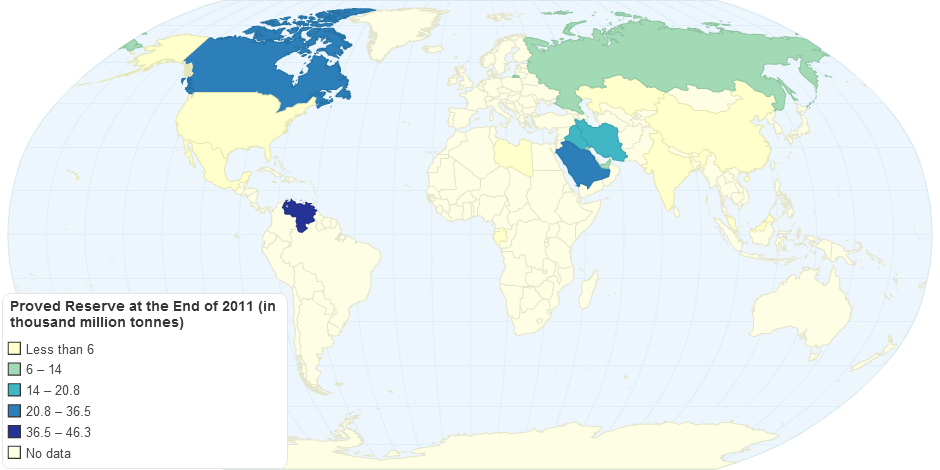Indian economy is at a crucial juncture. Year 2012 marks the beginning of the 12th five year plan; the economic scenario does not look very encouraging. Not just the European crisis but the fluctuating crude price (on which India’s dependence is precariously high at ~80% currently) is increasing the uncertainties. And though in recent times, crude prices are showing signs of relief, the depreciation of Indian Rupee vis-à-vis US Dollar is not helping. But again, this also underlines the issue of India’s growing dependence on energy. Analysts believe that situation will not change much, be it high crude prices or lower valuation of Indian currency, neither of the problems augurs well for Indian economy. So, then what are the possible options we have? How do we navigate through the crisis?
Option 1:Reduce imports and solve both the problems. With the population, substantially over one billion, and growing energy demand this is not a policy solution. Table 1 highlights the precarious Indian situation. Indian economy is at a crucial juncture. Year 2012 marks the beginning of the 12th five year plan; the economic scenario does not look very encouraging. Not just the European crisis but the fluctuating crude price (on which India’s dependence is precariously high at ~80% currently) is increasing the uncertainties. And though in recent times, crude prices are showing signs of relief, the depreciation of Indian Rupee vis-à-vis US Dollar is not helping. But again, this also underlines the issue of India’s growing dependence on energy. Analysts believe that situation will not change much, be it high crude prices or lower valuation of Indian currency, neither of the problems augurs well for Indian economy. So, then what are the possible options we have? How do we navigate through the crisis?
Option 1:Reduce imports and solve both the problems. With the population, substantially over one billion, and growing energy demand this is not a policy solution.
13 years ago

